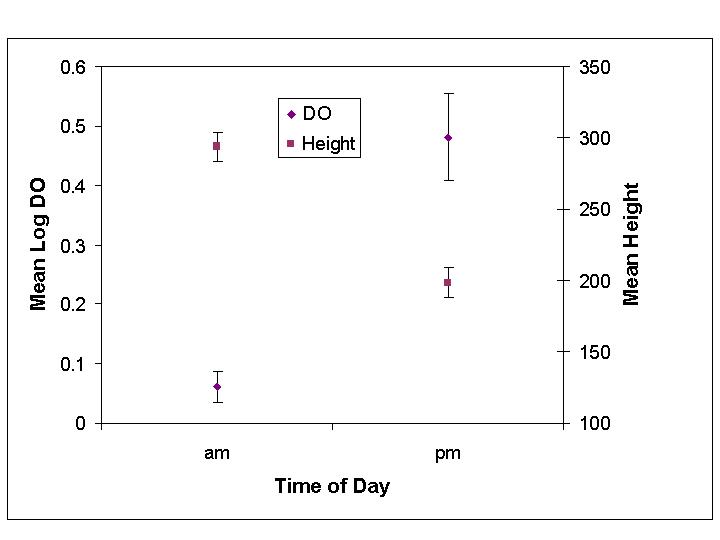
Diurnal vertical migration (DVM) results in population maxima near the top of the water column at night and in deeper water at mid-day, and may be a response to light, DO and/or predation. Brown spiny seastars (Echinaster spinulosus) spend their juvenile stage in seagrass beds and qualitative observations indicated they reside near the tops of seagrass blades at dawn and return to the bottom in the afternoon. Field and laboratory studies were conducted to examine factors affecting DVM of E. spinulosus. Diurnal distribution of seastars in seagrass beds was estimated at sunrise and mid-afternoon. In the field, seastars were higher on the grass blades in the morning as a function of low DO in the morning time stratum. In the lab there was no trend in seastar height for either of two light treatments or time-of-day strata, indicating that time of day is an insufficient factor in seastar DVM



